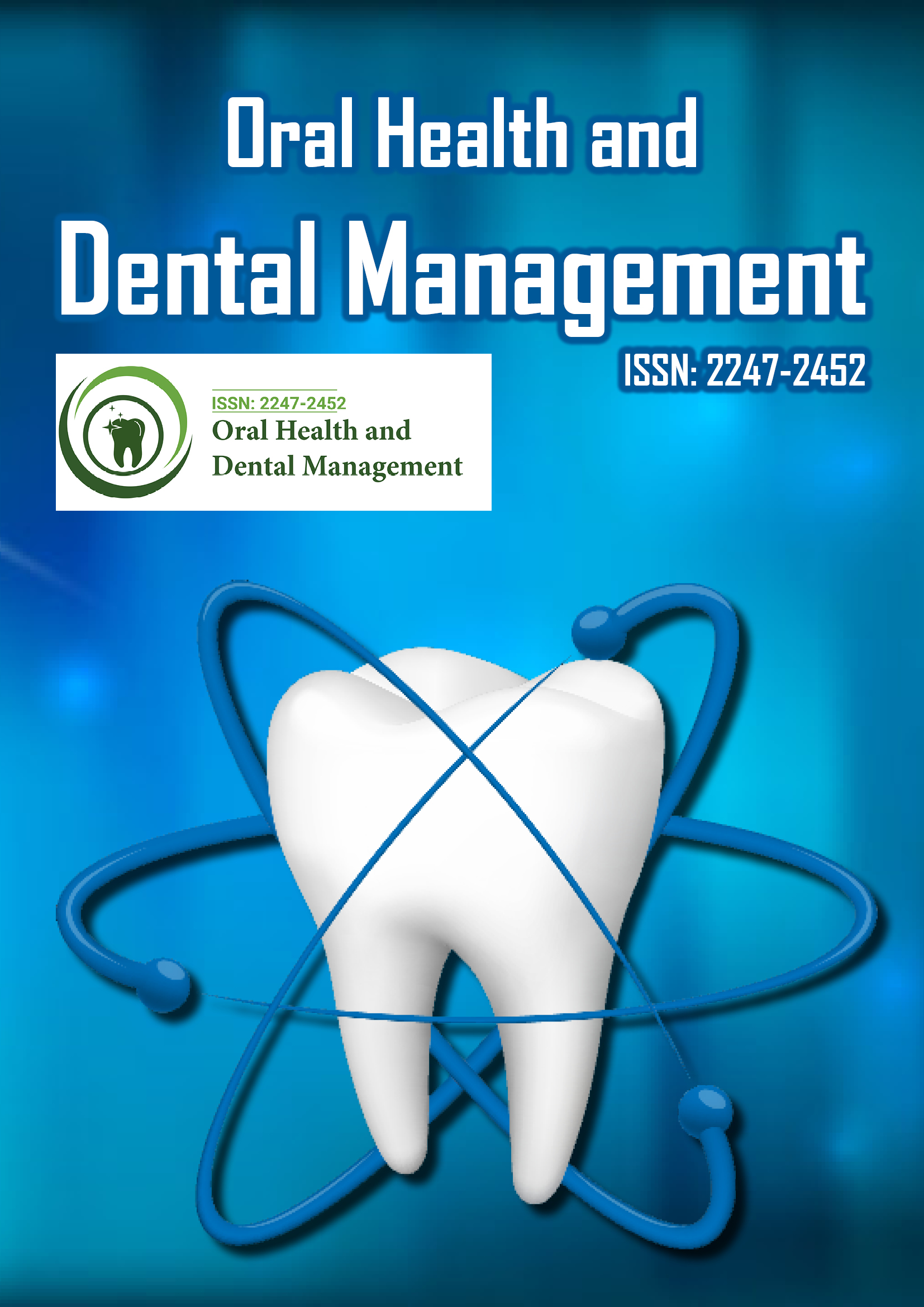Indexed In
- The Global Impact Factor (GIF)
- CiteFactor
- Electronic Journals Library
- RefSeek
- Hamdard University
- EBSCO A-Z
- Virtual Library of Biology (vifabio)
- International committee of medical journals editors (ICMJE)
- Google Scholar
Useful Links
Share This Page
Journal Flyer

Open Access Journals
- Agri and Aquaculture
- Biochemistry
- Bioinformatics & Systems Biology
- Business & Management
- Chemistry
- Clinical Sciences
- Engineering
- Food & Nutrition
- General Science
- Genetics & Molecular Biology
- Immunology & Microbiology
- Medical Sciences
- Neuroscience & Psychology
- Nursing & Health Care
- Pharmaceutical Sciences
Study of the population genetic structure and demographic history of Streptococcus mutans
7th Global Dentists and Pediatric Dentistry Annual Meeting
March 31- April 01, 2016 Valencia, Spain
Carletto-Korber F P M, Gonzalez-Ittig R E, Vera N S, Jimenez M G and Cornejo L S
Universidad Nacional de Cordoba, Argentina
Posters & Accepted Abstracts: Oral Health Dent Manag
Abstract:
Objectives: To analyze the genetic structure of Streptococcus mutans, through the use of sequences of strains from Argentina, Japan, Thailand and Finland and estimate the demographic history of the bacteria through Bayesian analysis. Methods: Forty strains of S. mutans were recovered from stimulated saliva of children of Córdoba-Argentina. This work was approved by the Ethics Committee. Of each strain, DNA was extracted and we sequenced the genes aroE, lepC, gyrA and gltA. Sequences from Cordoba-Argentina were aligned with those of strains from Japan (n=89), Thailand (n=52) and Finland (n=12). The total DNA matrix consisted of sequences of 193 strains. Statistical analyzes were performed to determine whether there was evidence of clonality or of recombination in the genes of S. mutans. The pairwise FST between countries was estimated and we performed the Bayesian Skyline Plot and Extended Bayesian Skyline Plot analyses to estimate changes in the effective population size in the last 15,000 years. Results: We detected high allelic diversity (137 alleles) and very low nucleotide diversity; only 12 were shared by two or more countries. The FST values between countries were significant. Of the statistical analyses performed, eight supported the existence of recombination. We detected inter-gene recombination and absence of this mechanism at the intra-gen level. A marked increase in the effective population size was detected approximately 7500 and 5000 years, according to the Bayesian Skyline Plot and Extended Bayesian Skyline Plot analyses, respectively. Conclusion: S. mutans present a recombinant type population genetic structure. The demographic analyses support the hypothesis that the bacteria experimented a population expansion in the last 10000 years.
Biography :
Email: fabianacarletto@hotmail.com
